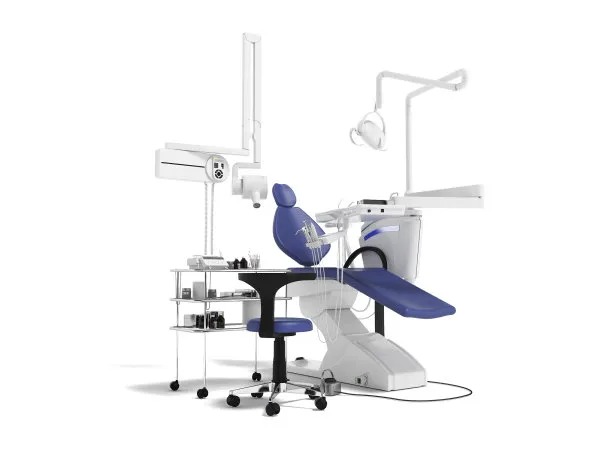Essential Guidelines and Precautions to Ensure Successful Root Canal Treatment and Patient Comfort During the Procedure
Summary: Root canal treatment is a crucial dental procedure aimed at saving teeth from infection or decay. Ensuring the success of this treatment requires meticulous adherence to essential guidelines and precautions that prioritize both patient comfort and effective procedural outcomes. This article outlines four significant aspects: pre-treatment evaluation, the role of advanced technology, effective anesthesia management, and post-operative care, which collectively contribute to a successful root canal experience. By understanding these factors, dental professionals can enhance the efficiency of the procedure while alleviating patient anxiety and discomfort.
1. Pre-Treatment Evaluation is Critical

A comprehensive pre-treatment evaluation is crucial in determining the most effective approach for root canal therapy. During this phase, dentists perform a thorough examination including digital x-rays, which provide detailed images of the tooth’s structure and surrounding tissues. This assessment helps in identifying any underlying issues and customizing the treatment plan accordingly.
Furthermore, the dentist should engage in an open dialogue with the patient to understand their medical history, dental anxieties, and expectations. This communication aids in building a tailored approach while ensuring the patient feels involved in their treatment plan, fostering a sense of trust and security.
Additionally, understanding the patient’s current oral hygiene habits will help the dentist provide personalized advice and recommendations for optimizing dental health before the procedure. This proactive measure sets a positive tone for the upcoming treatment.
2. Utilizing Advanced Technology for Efficiency
The use of advanced dental technology significantly enhances the effectiveness of root canal treatments. For instance, rotary endodontics allows for a more precise and quicker removal of infected pulp tissue. This technology reduces the time spent during each appointment and minimizes the discomfort often associated with traditional techniques.
Moreover, the integration of digital imaging technologies, such as cone beam computed tomography (CBCT), provides three-dimensional views of the tooth, enabling dentists to accurately diagnose complex root canal systems. This advanced imaging not only facilitates better planning but also improves the overall success rate of the procedure.
In addition, employing lasers in endodontics can help in effectively disinfecting the root canal while minimizing trauma to surrounding tissues. These advancements translate to a more comfortable and less invasive treatment experience for the patient, ultimately leading to higher satisfaction rates.
3. Effective Management of Anesthesia
Proper anesthesia management is paramount in ensuring patient comfort throughout the root canal procedure. Dentists must assess each patient’s individual pain thresholds and anxiety levels before administering anesthesia. Tailoring the anesthetic approach can significantly influence the patient’s experience during treatment.
Additionally, the use of local anesthesia, combined with sedation options such as nitrous oxide, can help cater to patients who may have difficulties with anxiety or dental phobia. Ensuring that patients are relaxed and comfortable leads to a more conducive environment for performing the procedure.
It is also essential to monitor the efficacy of anesthesia throughout the treatment. Dentists should routinely check if the patient feels any discomfort and adjust anesthetic levels accordingly. This attention to detail will enhance the patient’s overall experience, reducing stress during the procedure.
4. Importance of Post-Operative Care
Post-operative care is critical to a successful recovery following root canal treatment. Patients should receive clear and detailed instructions regarding pain management, dietary restrictions, and signs of potential complications. Emphasizing these guidelines helps patients feel secure in their recovery process.
Additionally, follow-up appointments should be scheduled to monitor healing and address any arising concerns. This ongoing support fosters a trusting relationship between the dentist and patient, highlighting the importance of continued engagement even after the procedure.
Lastly, encouraging patients to maintain good oral hygiene practices post-treatment can further reduce the risk of complications and ensure long-term success. Educating patients on the importance of regular dental check-ups will aid in preventing future dental issues, reinforcing the benefits of the initial treatment.
Summary:
The key to a successful root canal treatment lies in the adherence to best practices that encompass pre-treatment evaluations, the use of advanced technologies, effective anesthesia management, and post-operative care. By focusing on these areas, dentists can significantly enhance patient comfort and treatment outcomes, ultimately fostering a positive experience.
This article is compiled by Vickong Dental and the content is for reference only.



